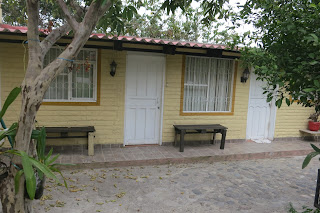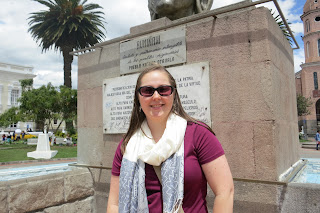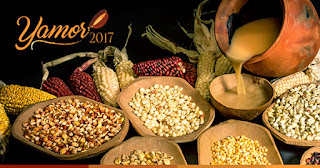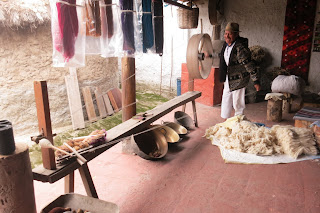Weaving Production Techniques: From Ancient to Modern in an Afternoon

Aka the day I learned a TON about both ancient and current production methods. This day alone makes my research feel worthwhile. I went with one of my contacts up the mountain behind her house in search of an “huso,” or spindle. I originally misunderstood, and thought we were going to a location that sold them; but no, we were going in search of a plant so we could collect the proper stick. I learned that the “ancient spindle” is actually a stick from the sicsi plant. The actual plant itself is a large, thin grass-like plant, but the sticks on which the flowers grow are the important part. I never received an answer why only sticks from the sicsi plant were used, rather than sticks from other plants/trees. I suspect that it has to do with the sicsi sticks being naturally smooth (and thus, they wouldn’t snag the yarn or cause debris to enter the yarn), but I’ll have to do some more digging. The research never ends. After returning with the stick, I still wasn’t convinced w





